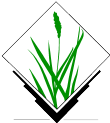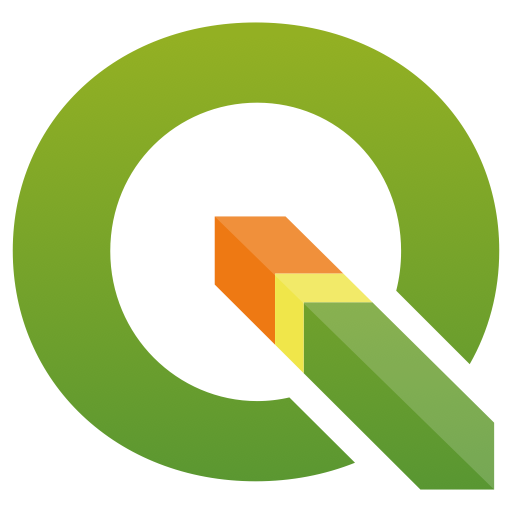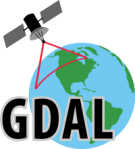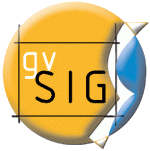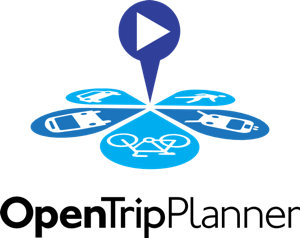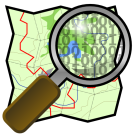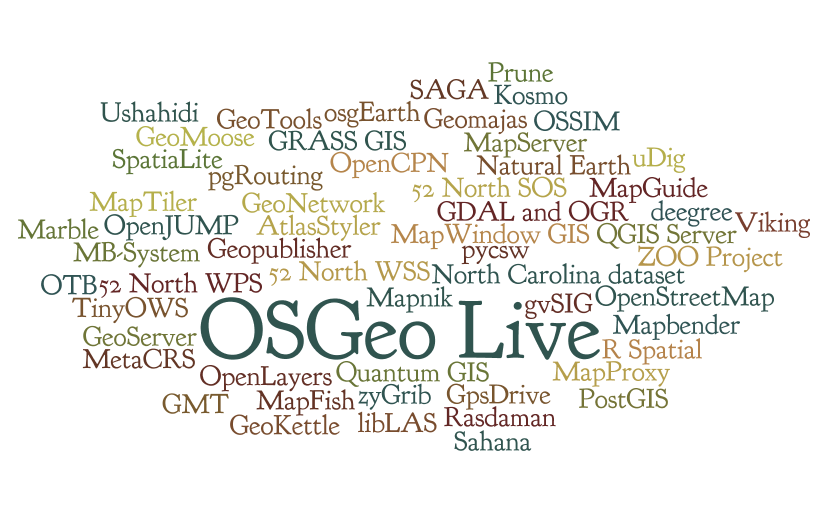Google Summer of Code 2015 Ideas
- Back to the main OSGeo Google Summer of Code 2015 wiki page.
OSGeo Google Summer of Code 2015
The Open Source Geospatial Foundation would like to extend a welcome to all SoC students. On this page you will find links to a host of ideas organized by project. You will find ideas ranging from the depths of computer science graph theory to the heights of visualization. One thing all these ideas have in common is lots and lots of spatial data.
These ideas are *only* to motivate you, and serve as example of the kind of hills we want to charge up. Your own ideas are more than welcomed - they are encouraged. We view you as the next wave of open source leaders; show us what you've got.
- Students: check out the Google Summer of Code Recommendations for Students page. If you need more information on how to apply you can contact all the mentors via the OSGeo-SoC mailing list (see below)
- There is a Google SoC flyer to look at and post in appropriate places.
- Ok, OSGeo is involved in working with maps and things, but what kind of projects does it really do? Have a look at the live blog feed to see what people are working on right now.
- Mentors, there's an additional link providing some tips and specifying your responsibilities on the main OSGeo Google Summer of Code 2015 wiki page.
The ideas pages
[Check back often, it's a work in progress]
Each participating project's list of ideas is on the respective projects' wikis, with a short description of the project and what type of students would be interested in it:
OSGeo Foundation member projects
- More coming soon: Get started talking to your favorite project's development team today!
- GRASS GIS SoC Ideas: GRASS GIS is an open source GIS focusing on analysis, modeling and visualization. It is a collection of modules written in C and Python and has a GUI written in wxPython. If you know Python, or want to implement algorithms in C, take a look!
- QGIS SoC Ideas: QGIS is a user friendly Open Source Geographic Information System (GIS) that runs on Linux, Unix, Mac OSX, and Windows. QGIS supports vector, raster, and database formats. It is written in C++ and Python.
- GDAL Ideas: GDAL is a C++ library for reading and writing geospatial data raster and vector formats.
- gvSIG Ideas: gvSIG is a free GIS project for Desktop. The gvSIG project looks for students with Java or Python skills that want to develop new ideas on this software.
- Opticks Ideas: Opticks is an extensible remote sensing and imagery analysis desktop application. It provides a framework to process remote sensing data such as Hyperspectral (HSI), Multispectral (MSI), and Synthetic aperture radar (SAR) imagery and video. The application is written in C++ and licensed under LGPL v2.1. Extensions are written using C++ or Python. You can review the available extensions and feature tour to get a better idea of what Opticks can do.
- OTB SoC Ideas: ORFEO ToolBox (OTB) is an open source library for remote sensing image processing.Targeted algorithms for high resolution optical images (Pleiades, SPOT, QuickBird, WorldView, Landsat, Ikonos), hyperspectral sensors (Hyperion) or SAR (TerraSarX, ERS, Palsar) are available. The software has been under active development since 2006 and is written in C++ and it includes also side projects also open source with GUI like Monteverdi. OTB has recently started the incubation process into OSGeo.
- Mapserver SoC Ideas: MapServer is a Web Mapping Engine; an Open Source platform for publishing spatial data and interactive mapping applications to the web.
- istSOS Ideas: istSOS (Istituto Scienze della Terra Sensor Observation Service) is an implementation of the Sensor Observation Service (SOS) standard from the Open Geospatial Consortium (OGC). The development of istSOS was started in 2009 in order to provide a simple implementation of the SOS standard for the management, provision and integration of hydro-meteorological data collected in Canton Ticino (Switzerland). istSOS is entirely written in Python.
- GSOC Ideas: GeoServer is a web server that allows you to serve maps and data from a variety of formats to standard clients such as web browsers and desktop GIS applications. GeoServer works with the Open Geospatial Consortium (OGC) standards Web Feature Service (WFS), Web Coverage Service (WCS), Web Processing Service (WPS) and Web Map Service (WMS) standards.
- The GeoServer team asks applicants to introduce themselves on the geoserver-devel list ( Communicating in public is a key success factor to open source development )
- GSOC: GeoTools GeoTools is an open source Java library for working with geospatial data, including both data access, data structures, processing and a powerful rendering engine. GeoTools is a modular library used in a wide range of web service, command line tools and desktop applications.
Guest projects
Like-minded geospatial projects to take part under OSGeo umbrella. If you wish your software project to be listed here, please contact Madi or Anne.
- pgRouting Ideas: pgRouting extends the PostGIS / PostgreSQL geospatial database to provide geospatial routing functionality and more.
- PyWPS Ideas: PyWPS is server implementation of OGC WPS standard on server side using Python programming language. Currently, new version of PyWPS is being done, were we would like to implement several new attractive features.
- JGrasstools and uDig Spatial Toolbox SoC Ideas: The JGrasstools project is a geospatial modules library dedicated to hydrology and geomorphology. It is the base of the modules for uDig's Spatial Toolbox.
- OpenTripPlanner Ideas: OpenTripPlanner is an open source multi-modal trip planner. It depends on open data in open standard file formats (GTFS and OpenStreetMap), includes a REST API for journey planning, a map-based Javascript client, and an Android App.
See also
Other like minded projects do not participate to GSoC under OSGeo umbrella, but with their own organization. You may want to visit also their page:
I want to apply as a student
Before applying as a student, check out the Google Summer of Code Recommendations for Students page.
Which project do I choose?
Most of the software projects are available pre-built on our Live demo { DVD | USB stick | VirtualMachine } with project overviews and short tutorials where you can try everything out.
- View the documents and download the ISO from http://live.osgeo.org
Important dates
- March 2nd: Google announces accepted organizations.
- Please start talking to the dev communities you are interested in now.
- March 16: Student applications open.
- The earlier you start the more probable it is that you will be accepted!
- There is two way feedback during the application process which really helps you improve and clarify your application before the final deadline. The better your involvement with your potential mentors during this period, the better your chances of being selected.
- March 27: Student application deadline.
- April 27: Accepted student proposals are announced and Community Bonding Period begins.
- May 25: Coding begins!
- (you may unofficially start a week or two earlier if you know you'll have to take a week or two off during The Summer or you'll be sitting finals in the first week(s) of the program. This must be reflected in your application timeline)
- June 26: Mid-term evaluation begins
- August 17-21: Pencils down!
- August 28: Final evaluations
- August 28: Students begin submitting required code samples to Google
- August 31: Final results announced
[Back to Google Summer of Code 2015 @ OSGeo]

